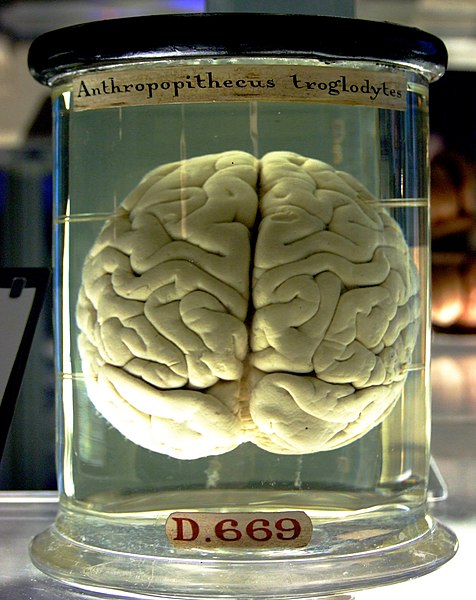Summary
As Konnikova sees it, there are three simple reasons why our brains love lists (though curiously her article does not use a list to deliver this information):
- The eye-catching headline presents the subject within a "preexisting category and classification system."
- The information is "spatially organized" and highly scan-able.
- The list format makes it clear that what you're going to read has an end, and the length of the content is immediately clear.
Interesting Fact
In 2009, when researchers at the University of Athens examined actual readers’ responses to headlines from English-language newspapers in the U.S. and U.K., ranging from hard news to tabloids, they found that people preferred headlines that were both creative and uninformative, like “THE SMELL OF CORRUPTION, THE SCENT OF TRUTH” or “FACE TO FAITH.” They not only rated them as more interesting over-all but also indicated that they would be more likely to read the corresponding stories.Commentary
Most of this makes sense to me, but the findings from the headline study strike me as counter intuitive. I recall being taught years ago that cute, teaser headlines work well in print but that on the Web people preferred clear headlines that got right to the point.
I guess it comes down to how you're measuring success--clicks, or reader satisfaction. A short, to the point headline might be more satisfying to the reader, so satisfying, in fact, that they don't need to click. The cute teaser headline might be more likely to be clicked, but it also might be more likely to frustrate the reader--especially if the content doesn't live up to the reader's expectation.
This, according to Konnikova's argument, is another reason the list reigns supreme. It sits nicely in between these two options. A list headline is clear and to the point, but it's still a cute little teaser. The result--ultimate click-bait.

No comments:
Post a Comment